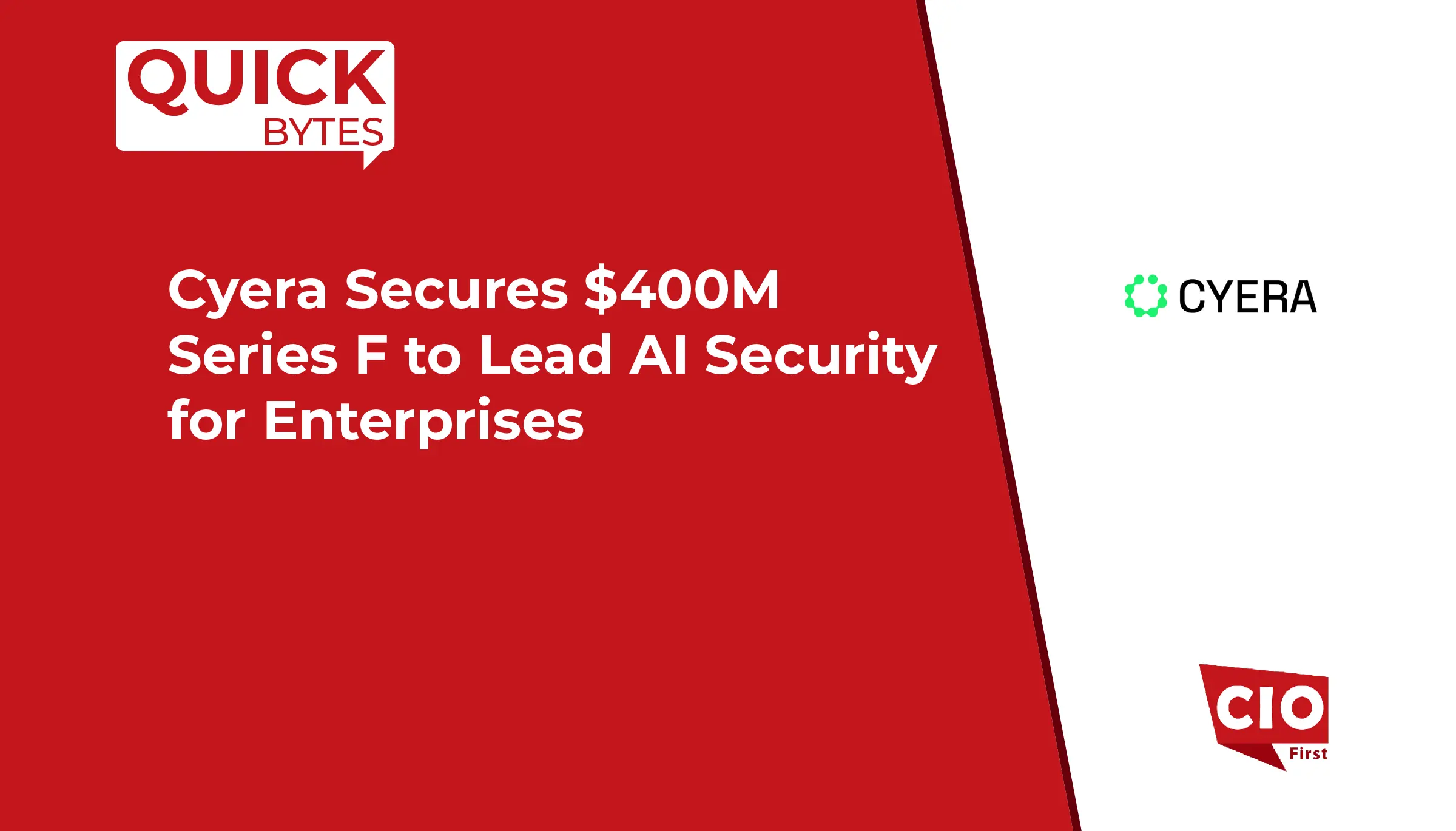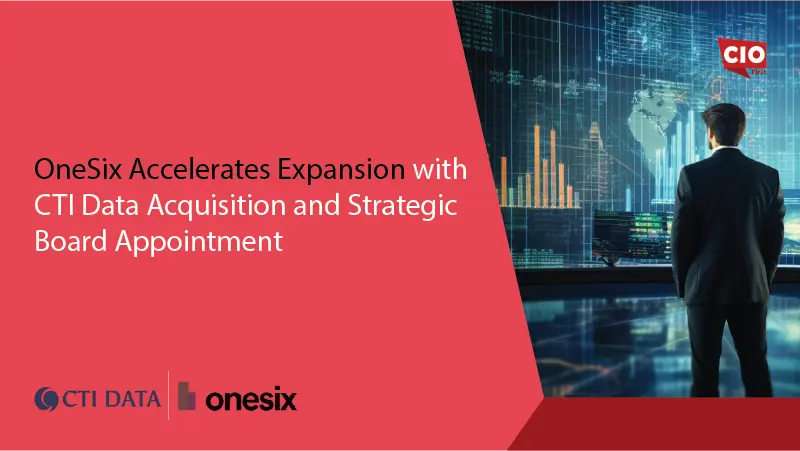The biggest obstacles to creating an optimized cloud-based IT infrastructure are technology and talent, but these issues can be avoided with a methodical approach.
Every CIO is aware that the company’s success now depends on its IT infrastructure. It is necessary to have scalable, integrated compute, network, and data platforms to provide outstanding customer and employee experiences. The present difficulty for IT is creating a cutting-edge, software-driven infrastructure combined with the company’s current business processes while keeping an eye on its existing business processes.
Why businesses are embracing cloud-first strategies
Businesses that successfully implement a modernized cloud infrastructure are now reaping the rewards in the workplace’s physical, digital, and human domains. Modern infrastructure frees employees from the burdensome restrictions of legacy platforms and allows them to concentrate on ongoing, quick innovation, automation, and optimization.
Also Read: Five Ways Natural Language Processing (NLP) Creates Enormous Value for E-Commerce Businesses
CEOs are looking to use digital technology to outperform their peers by delivering frictionless Omni channel services and intelligent business processes that can quickly adapt to changing conditions. It is no longer enough to keep up with competitors merely.
Barriers to the transformation to the cloud first
The two most frequent roadblocks in APAC seem to be legacy technology and having an IT workforce with dated skills as more organizations shift toward a cloud-first strategy.
The cost of updating legacy infrastructure, such as data centers with long leases and applications that weren’t created with the cloud in mind, may be seen as prohibitive.
It is frequently impractical to retrain current employees hired for their knowledge of mainframes, traditional networks, and data centers while also trying to pay the bills.
Finding fresh talent isn’t always a simple solution either. The Asia Pacific region is experiencing a talent shortage, which makes it challenging for many businesses to hire and keep cloud-skilled team members.
Identifying the company’s challenges
Every organization’s cloud migration journey will begin with a different starting point and set of obstacles to overcome. Full stack engineering is necessary for IT departments of the future to transition from being suppliers of technology components to full-service service providers. The starting point, which differs for every business based on specific problems, such as talent gaps, complicated legacy assets, customized software, or licensing issues, determines how far an organization can advance. Each organization must identify its obstacles before laying out a course for innovation and value.
Also Read: Three Ways CIOs Can Cut Costs Without Compromising on Things They Need to Operate
Three essential pillars to consider
Businesses should put their efforts into promoting uniformity and consistency among three crucial pillars:
Cloud-native technology: Create a strategy that, when possible and for manageability, uses a similar technology (such as containers) throughout the entire cloud environment.
The business will expect apps that run faster to be more individualized and can be deployed when and where the company needs them. Make sure the infrastructure can be deployed anywhere. Think about services based on consumption or subscriptions that can be quickly scaled up or down to suit business needs.
Autonomous operations: Most importantly, the company won’t be able to afford to manage each cloud separately as the IT environment becomes more diverse. Work toward having a single cloud control panel for more consistent scaling, security, and governance.
The stabilize, optimize, transform methodology
Accenture frequently assists clients with developing a cloud-first IT infrastructure strategy by employing a methodology that methodically removes internal barriers for each business.
When critical systems are not constantly being put through fire drills, an environment is stabilized. It introduces automation to improve quality, lower costs, and lay the groundwork for an operating model with multiple speeds that can support a hybrid landscape. On the other hand, an optimized environment extracts the most power possible from the IT infrastructure and personnel to drive the business. It creates a clear path to full-stack innovation by freeing up funding and people’s time. When the company is prepared to concentrate on tomorrow, the transformed environment begins to take effect.

























